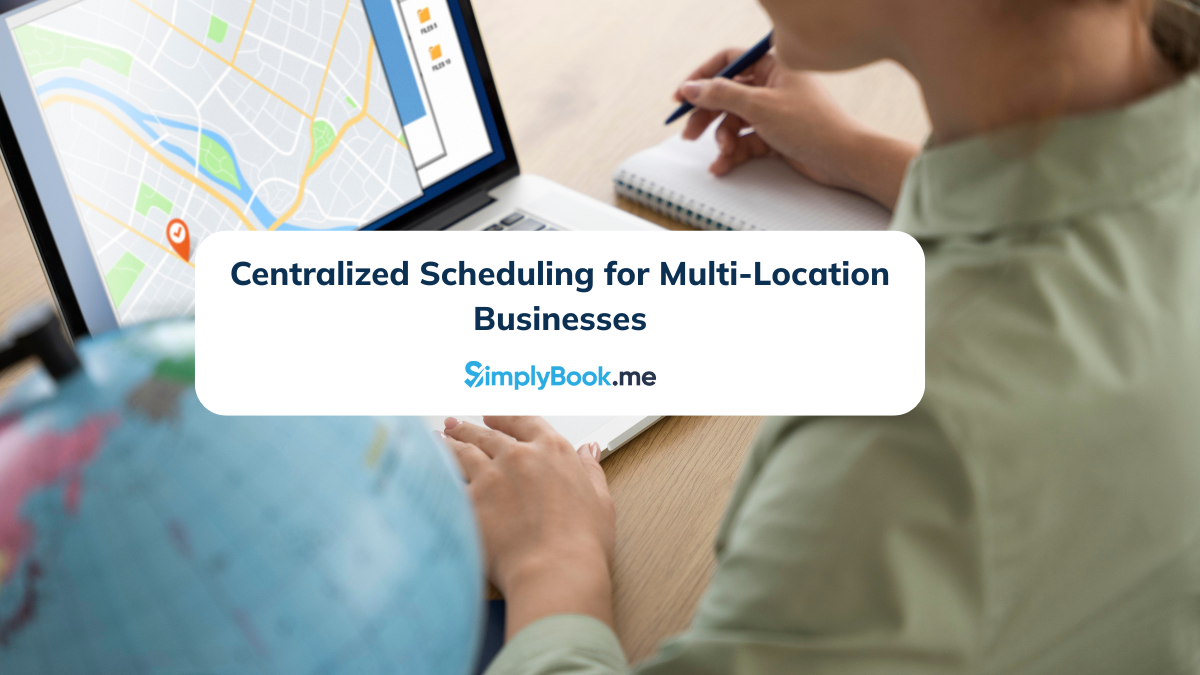Business Blogging Is not Dead: Part 2 – Getting Started

This post is also available in:
![]()
![]()
![]()
In our last blog article, I talked about the benefits of business blogging, why it is still alive and well as a method of attracting clients, and why businesses should embrace it. This week, we’re going to help you get started. It’s all very well of me to say that you should blog for your business, but if you don’t know how to start, it’s a pointless suggestion. Let’s get your business blog started!
Pick your platform, and choose wisely
If you already have a website, then adding a blog section isn’t a big task. If you don’t have a website, then you will need to choose the platform that you want to start on.
There are several options out there. By far the most popular blogging platform is WordPress.org, with others such as Joomla, Wix, Weebly, and more filling out the rest of the blogosphere. It might be tempting to look at one of the free, hosted sites such as eBlogger and WordPress.com. However, these sites rarely make great business blogging platforms, because your business name is always subject to a subdomain and doesn’t show up well in search results.
An alternative, if you also want to have booking capability for your business, is to use the SimplyBook.me scheduling and business management solution. Along with the information about your business, the services you offer and associated data, you can also create a blog or news platform. Keeping everything together and easily accessible.
Your blog platform should allow easy access between your blog articles, content, and the pages that will get your clients to buy from you. If you have a website and a booking platform, but your blog platform doesn’t link easily to either, then it’s a bad fit.
Decide what you want to talk about – Preferably your business.
It sounds easy enough. However, if you want to use this business blog to attract more clients, be a voice of experience and authority, and keep your existing clients engaged, you want to centre your blog around your business niche. Blogging in a niche topic doesn’t mean you have to talk about the same thing ALL OF THE TIME. At the same time, keeping your subjects within a related sphere is better, so that your audience can skip from one valuable post to another.
The First Business Blog Post
Your first blog post should introduce yourself and your business. You want to engage with your readers and position yourself as the authority figure to answer their questions – as well as your business being the one that can provide the best service for their needs. Talk about your passion for the industry, why you “do what you do”, and the gap that your endeavour fills in the market. However, you should make sure that it always comes back to what you know and can do for “you” (that’s the potential clients reading the blog).
End your first blog with a Call to Action. Depending on what you want to achieve with your blog, you might want to invite your readers to join a mailing list for your new posts – this is very useful for future marketing efforts, email addresses are like gold. You might want to invite your readers to find out more about your business or book an appointment with you.
Make it a prominent yet friendly call to action button or link, but try to get your readers to engage.
Whatever you do do, don’t post your first blog without giving it a thorough spelling and grammar check.
Once your blog is established, your readers will forgive an occasional error, but when you first start blogging, it doesn’t look professional or knowledgable.
Keeping the momentum with a regular posting schedule
You probably won’t see a massive surge in website traffic or additional bookings from a single blog post. I’m sorry to use a cliché, but blogging is a marathon, not a sprint. It doesn’t matter how frequently you can commit to blogging. Some people find the time to blog every day (how?), others may post twice a week or even only once or twice a month. The key is consistency. If you can’t commit to two posts per week, schedule one post per week, and if you have the time to write a second post, it can be a back-up piece for when your schedule is too busy, or you need a vacation.
What will your first topics be?
In the first 5-10 blog posts, you can stay quite firmly in the niche to which your business caters. You can efficiently address frequently asked questions in-depth and use story-telling to explain a concept. You can share your knowledge and encourage readers to become clients – because you are genuinely knowledgeable about a problem they have.
What questions do your clients frequently ask? It might be a comment in passing, or it could be a question that often appears in your inbox. Think about the queries and think about how you can write a blog post about it. Some ways of building an informative article are in the questions below:
- How many answers are there?
- Are your answers dependent on situations and circumstances?
- Can you use anonymous anecdotes to explain?
- How do you provide a solution to a problem?
- This is not an exhaustive list.
After those first blog posts, you might want to branch out into peripheral areas of common interest. At the same time, you will want to keep an eye on new industry developments and news that will affect your clients.
If you want a few examples of seasonal or timely posts:
A hairstylist might wish to share details of a new wonder serum for split ends or the trending hairstyles for the upcoming festival season.
A roofer might want to share information about how to spot a roof in need of attention before the heavy rains start – they might want to offer a free consultation to anyone who saw the post and suspected a problem.
Don’t post it all at once
When you first start to blog, you will have so many ideas, and it is tempting to keep posting every time you write a new post. Remember what I said about consistency? If you can create the space in your schedule to write consistently, then you can post continually. However, it doesn’t matter how well we schedule our time, life happens, and it’s a great idea to have some good ‘evergreen’ content to plug the gaps when you need it.
You started a business blog – Let everyone know!
Here you are. You’ve started a blog. There is enough content to see you through the next eight weeks, and a little spot in your schedule blocked out for writing the ones to come.
- You have a niche theme
- You have the industry knowledge
- You have the passion and a desire to help
- You have a platform – whichever platform you’ve decided to use
- You have a good spell checker
All you need now is to let everyone know about it.
Don’t shy away from letting your clients know about your new blog. Enlist the help of friends and family to share the news about your amazingly informative blog. And let’s not forget social media. Facebook, Instagram, Twitter, LinkedIn – and many more can help you share the news of your “free information giveaway.”


Comments
1 commentshow to start online business tips
hello there and thank you for your information – I have certainly picked up anything new from right here. I did however expertise several technical issues using this web site, since I experienced to reload the site a lot of times previous to I could get it to load correctly. I had been wondering if your web hosting is OK? Not that I’m complaining, but slow loading instances times will sometimes affect your placement in google and could damage your high quality score if ads and marketing with Adwords. Anyway I am adding this RSS to my email and could look out for a lot more of your respective fascinating content. Make sure you update this again very soon.